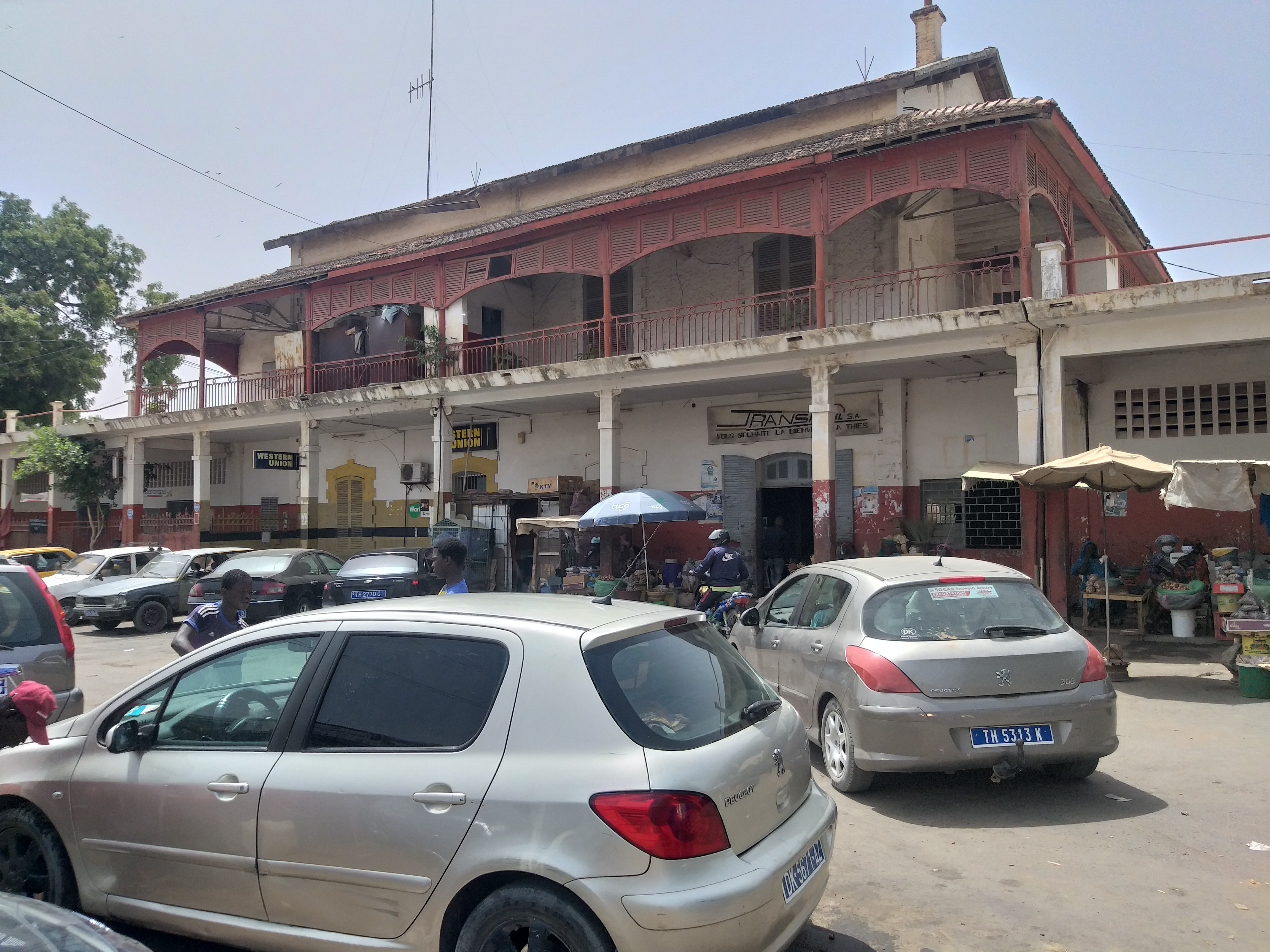|
Kokh Kox
Kokh Kox (or Koh, as pronounced in Noon) is the creator god of the Noon people.Tastevin, C. (R.P.), "La religion des Nones", Études missionnaires, t. II, no 2, avril-juin : 81-100; t. II, no 3, juillet-sep : 176-187. (1933, 1934) The Noon are members of the Serer ethnic group of Senegal, the Gambia and Mauritania. Kokh Kox is one of the main deities in Serer religion.Ndiaye, Ousmane Sémou, "Diversité et unicité sérères : l’exemple de la région de Thiès", Éthiopiques, no. 54, vol. 7, 2e semestre 199Éthiopiques, "Issues 55-56", Fondation Léopold Sédar Senghor, (1991), p 124 The Noon people refer to the supreme being as Kokh Kox rather than Roog, the name the majority of Serers refer to the supreme being in the Serer-Sine language. The name Kokh Kox derives from the deity Koox, the name the Saafi people regularly use to refer to the divine. Noon Cosmogony The Noon cosmogony follows a similar narrative to the Ndut especially in regards to how death began on Ea ... [...More Info...] [...Related Items...] OR: [Wikipedia] [Google] [Baidu] |
Noon Language
Noon (''Non, None, Serer-Noon, Serer-Non'') is a Cangin language of Senegal spoken in the Thiès region (14°47'0"N / 16°55'0"W). There is an estimated population of 10,000''-'' 50,000 speakers worldwide, rendering this language to be vulnerable.'' Ethnologue'' reports that it is 84% cognate (and 52% intelligible) with Lehar, essentially a divergent dialect, and 68% cognate with the other Cangin languages. The Noon people identify themselves ethnically as Serer. However, their language, often called Serer-Noon on the assumption that it is a Serer dialect, is not closely related to the principal language of the Serer population, Serer-Sine. Status Like many of the local languages in Senegal, the Noon language is officially recognized as one of the national languages of country. Orthography The Noon language is written using the Latin alphabet. In 2005, a decree was passed by the Senegalese Government in order to regulate the spelling to ''Noon''. It has been proposed that ... [...More Info...] [...Related Items...] OR: [Wikipedia] [Google] [Baidu] |
Cosmogony
Cosmogony is any model concerning the origin of the cosmos or the universe. Overview Scientific theories In astronomy, cosmogony refers to the study of the origin of particular astrophysical objects or systems, and is most commonly used in reference to the origin of the universe, the Solar System, or the Earth–Moon system. The prevalent cosmological model of the early development of the universe is the Big Bang theory. Sean M. Carroll, who specializes in theoretical cosmology and field theory, explains two competing explanations for the origins of the singularity, which is the center of a space in which a characteristic is limitless. (One example of a singularity is the singularity of a black hole, where gravity becomes infinite.) It is generally accepted that the universe began at a point of singularity. When the singularity of the universe started to expand, the Big Bang occurred, which evidently began the universe. The other explanation, held by proponents such ... [...More Info...] [...Related Items...] OR: [Wikipedia] [Google] [Baidu] |
Louis Diène Faye
Louis Diène Faye (born 13 February 1936 at Joal)Faye, Louis Diène, "Mort et Naissance, le monde sereer", Le Nouvelles Editions Africaines (1983), (biography, back cover), is a Senegalese anthropologist,The African book publishing record, Volume 10, Hans Zell Ltd., 1984, p 218, (University of California) author and scholar of Serer religion, history and culture. Himself of Serer heritage, he undertook his secondary schooling at Thiès (in Senegal) before proceeding to study religious sciences and audio-visual at the Catholic University of Lyon. Faye has authored several books and scientific papers and quoted by many scholars who interacted with him.Boyd-Buggs, Debra, Scott, Joyce Hope, "Camel Tracks: Critical Perspectives on Sahelian Literatures", Africa World Press (2003), p 56,(Retrieved : 10 May 2012) Some of his famous work include : *"Mort et Naissance, le monde sereer", Le Nouvelles Editions Africaines (1983), *"Éducation et mariage: le monde seereer" - ''tradition oral ... [...More Info...] [...Related Items...] OR: [Wikipedia] [Google] [Baidu] |
Thiès
Thiès (; ar, ثيس, Ṯyass; Noon: ''Chess'') is the third largest city in Senegal with a population officially estimated at 320,000 in 2005. It lies east of Dakar on the N2 road and at the junction of railway lines to Dakar, Bamako and St-Louis. It is the capital of Thiès Region and is a major industrial city. History Before colonization, the Thiès Plateau was a wooded frontier between the kingdoms of Cayor and Baol inhabited by the Serer-Noon, an ethnic sub-group of the Serer people. The Serer-Noon still inhabit the Thiès-Nones neighborhood of the south-west city today. They speak the Noon language, one of the Cangin languages. The village of Dianxene, belonging to the kingdom of Cayor, was founded on the strategically important plateau in the 17th century. In 1860, it had only 75 inhabitants. The French founded a military post there in 1864, becoming an important force in the city's development ever since. The Spiritans founded a mission there in the late 19th cen ... [...More Info...] [...Related Items...] OR: [Wikipedia] [Google] [Baidu] |
